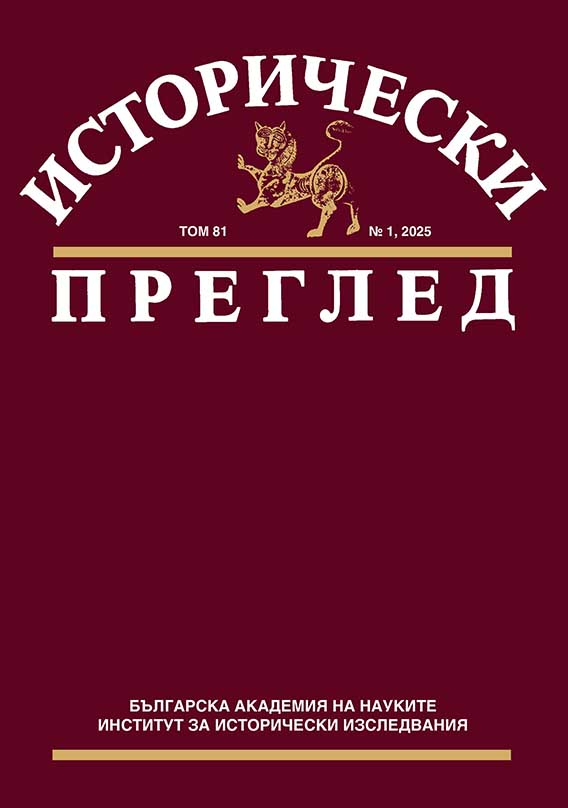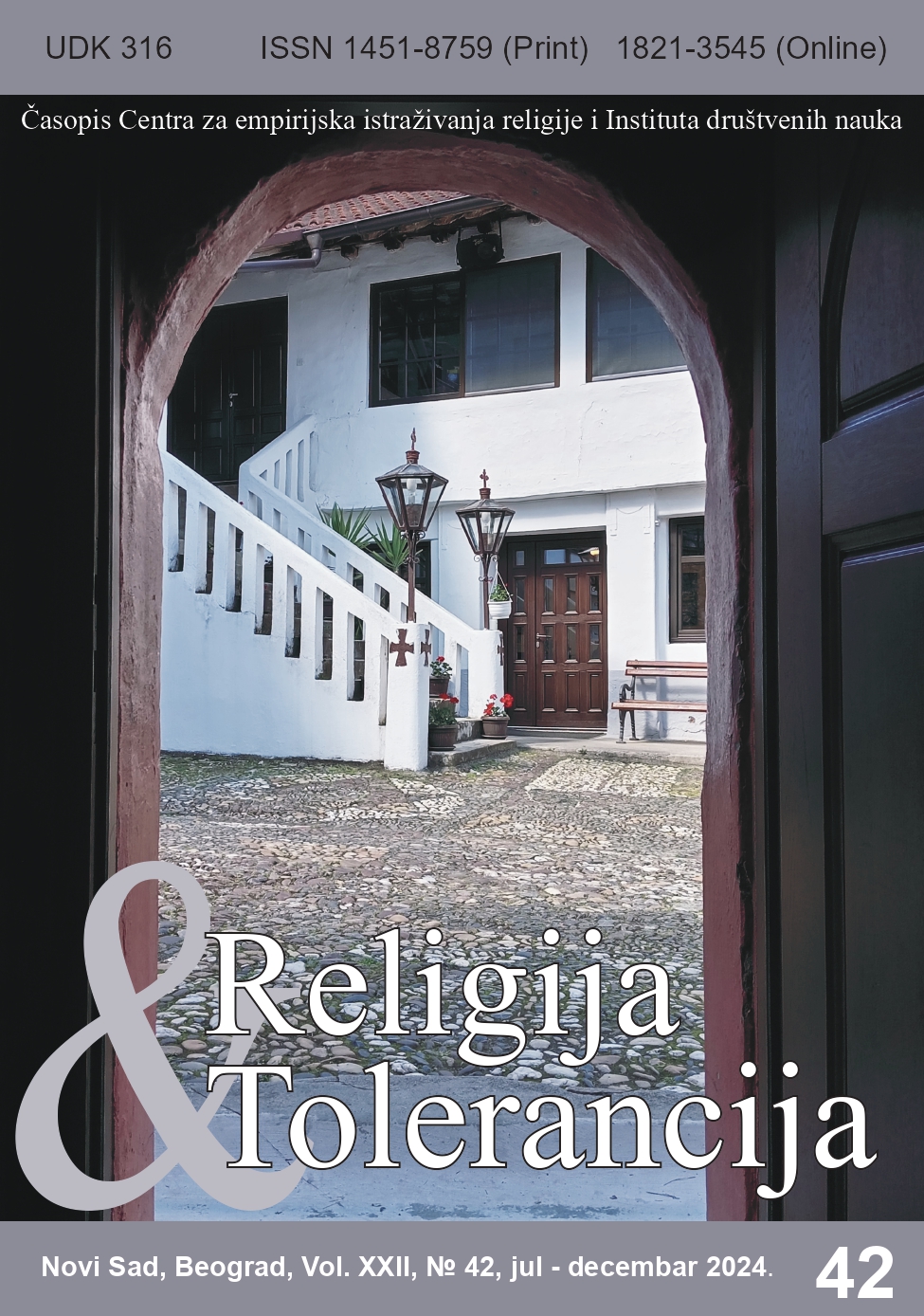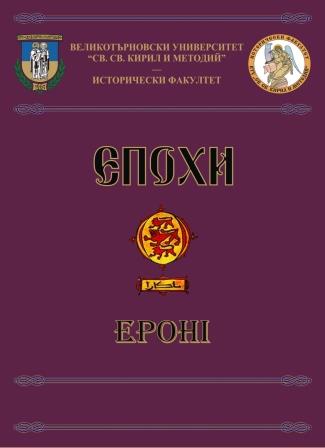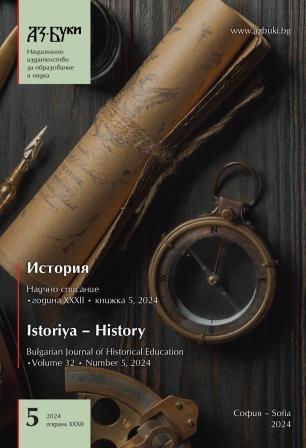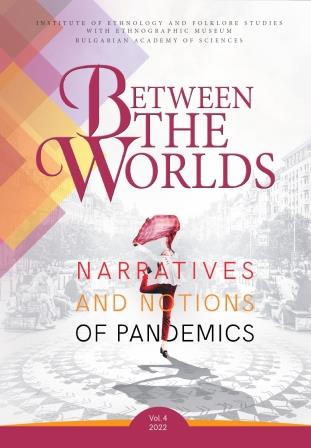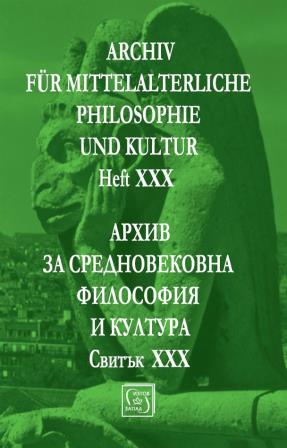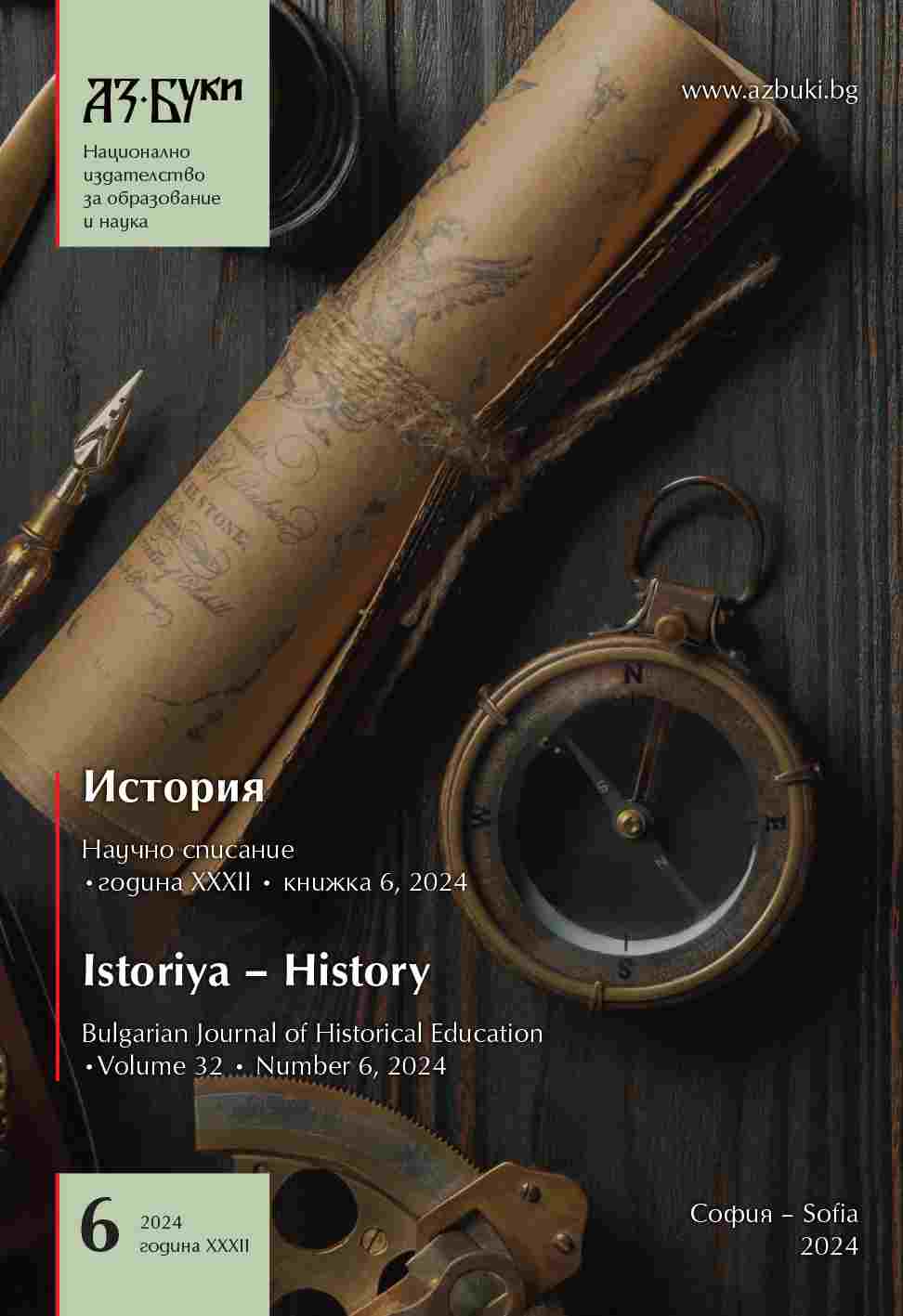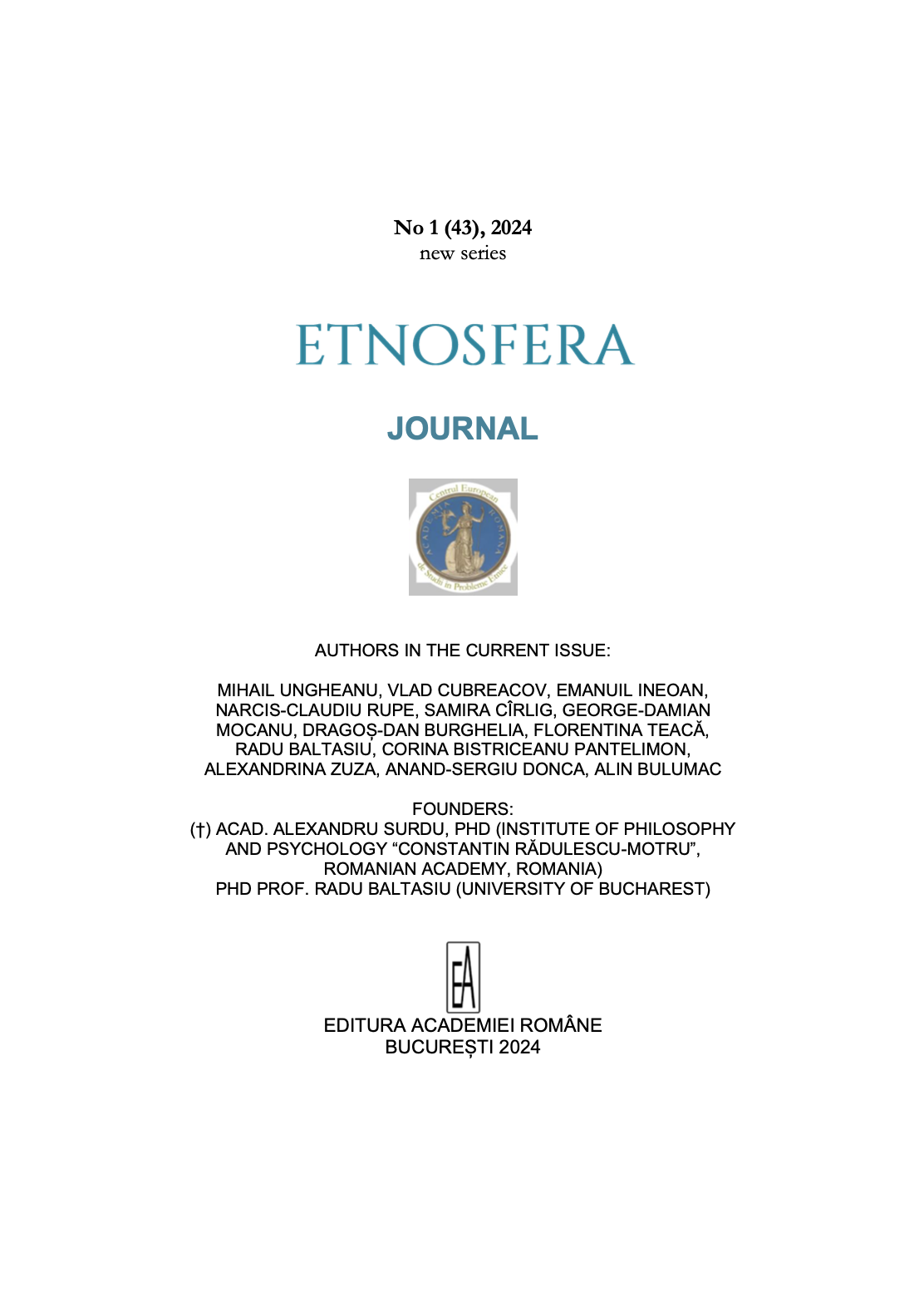
THE HUNGARIZATION OF NAMES AND INSCRIPTIONS ON THE CROSSES IN THE CEMETERY OF PLĂIEȘII DE JOS - A FORM OF MANIFESTATION OF ETHNIC ASSIMILATION
The cemetery of the Romanian community in Plăieșii de Jos testifies by the inscriptions on the funerary monuments to the process of ethnic assimilation that has been going on here for a long time. An extended analysis of these inscriptions may bring new elements for a better understanding of this process of ethnic assimilation of a Romanian community.
More...
